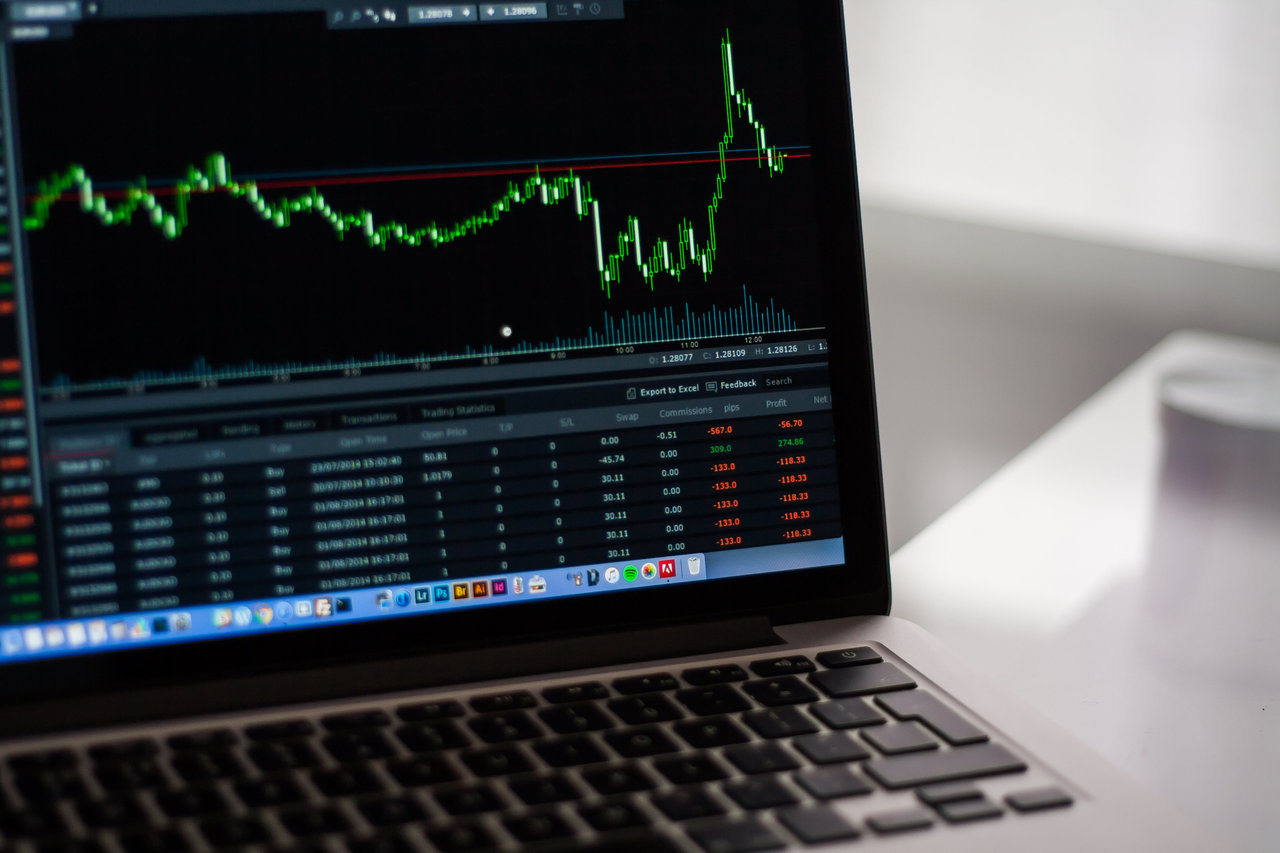
Margin accounts, or better known as Margin trading, enable traders to increase the return on investment from their trades.
Using borrowed funds they can control larger positions that they would with their own invested capital.
When margin trading is profitable the returns are magnified. However, there is the other side as well; when trading is not profitable your losses can be multiplied.
Overview of FOREX Margin Accounts
Simply put, in a finance world margin account is a facility which allows trader to borrow on a short-term basis from a broker.
In order to take out a margin loan the trader must first have an account with a traditional or online FOREX broker.
The trader then applies for the option to trade on margin, which acts as a collateral. When this is approved the trader deposits funds into the margin account.
The broker that acts as a counter party, in this case, will have a margin percentage that is required to be deposited.
For example, a currency speculator might want to trade an account with total size of $250,000. The broker and the trader agree that the margin percentage required is 2%. This means that the trader will need to deposit $250,000 x 2% which is $5,000.

The Advantages of Margin Accounts
Being able to control such a significantly larger position. This is why it can be very profitable to trade on margin.
Imagine two scenarios:
In scenario A the trader is trading $5,000 without margin. Over the course of twelve months of trading they increase their account by 25% or $1,250.
In scenario B the trader borrows on margin at 2% increasing their trading capital to $250,000.
If they increased their account size by 25% over the same twelve months at the end of that period they would have
$62,500 (minus any margin costs and commissions).
The positive difference in returns for profitable FOREX traders who use a margin account can be huge.
Be sure to also read:
…So, What Comes First, the Chicken or the Egg?
Pretty Much Everything You Need To Know About the FX Pips
The Disadvantages of Margin Accounts
Like I’ve mentioned before, margin trading is a double-edged sword. Your profits are greatly magnified when you trade successfully. The flip side is that your losses are likewise magnified when your trades are unsuccessful.
If your trades go against your position and the initial deposit is lost then the broker can initiate what is termed a “margin call”. A margin call is a request for you to deposit more funds or to close out your position so that the margin percentage can be maintained.
In case the speculator is unable to guarantee more funds, or perhaps is hesitant to close out the position then he or she, and yes, there are plenty of female traders as well, may lose control of the trade. Many times the broker will close out the trade in order to avoid any further losses.
One problem is that the trade which may have turned profitable if was held longer may be closed out prematurely. Because of this, traders who use a conservative amount of leverage are generally likely to enjoy more long term success.

Conclusion
As with trading any financial instrument risk and return are related when using a margin.
If, you are willing to increase risk by trading on margin then your potential returns may be many times greater.
At the same time greater margin also means you are more likely to lose all of your funds if you cannot trade successfully.
Make sure that you are confident and have a reliable trading edge before you begin margin trading your way to success.
What Are Your Thoughts On Margin?
Please let us know by commenting below…

3 thoughts on “What You Need To Know About Margin Trading in FX Markets”